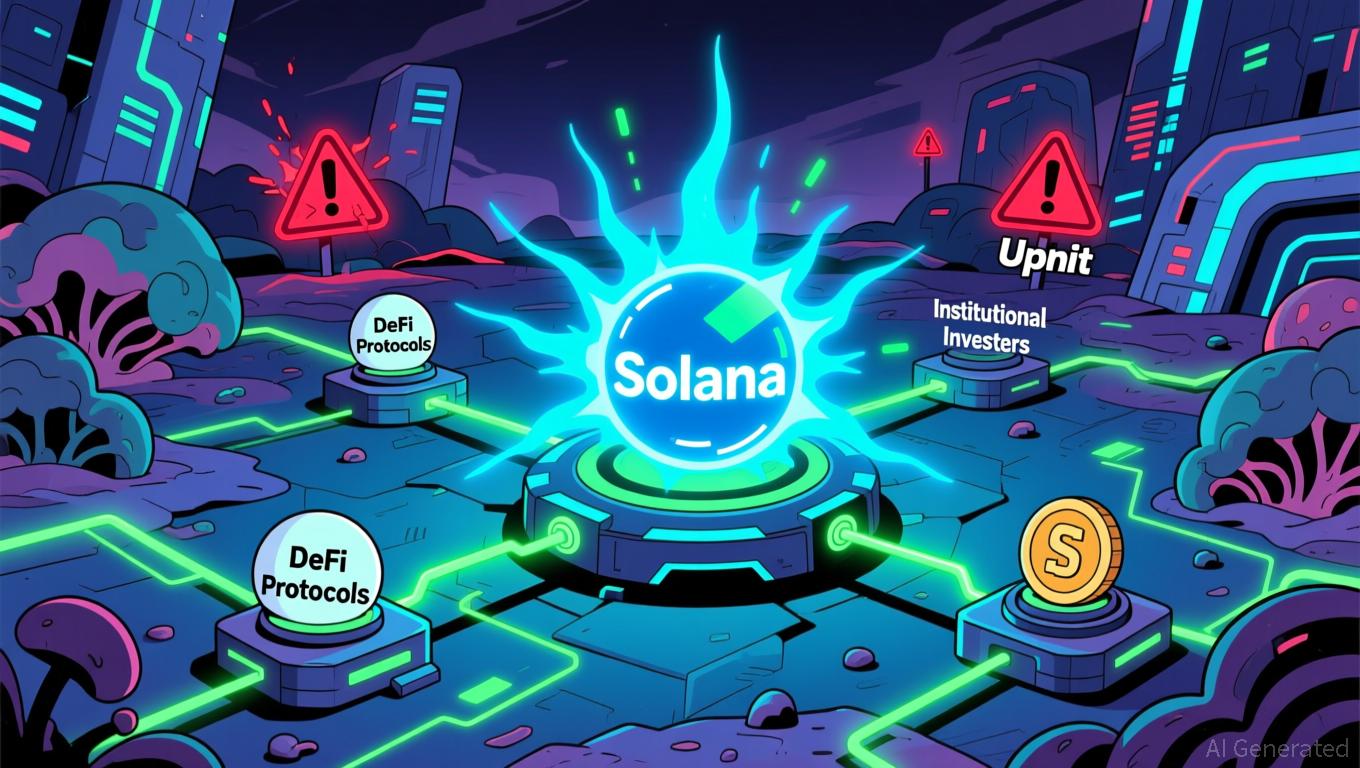Investment Giant Bitwise Reveals: “Bitcoin Cycles Are No Longer 4 Years, They’re 2 Years” – Here Are the Details
Bitwise analyst Jeff Park argued that Bitcoin’s (BTC) historically adopted 4-year halving cycle is now obsolete and the market is transitioning into a new “2-year price cycle” with the transition to the institutional era.
According to Park, Bitcoin's future price movements will no longer be the product of miner economics and supply shocks, but rather ETF-based fund flows and professional investor psychology.
Park noted that the old cycle was shaped by miners' costs and halving-induced supply contractions. He noted that this, combined with media attention, retail investor FOMO, and leveraged bull markets, created a self-perpetuating psychological cycle. However, the analyst argued that this mechanism “belongs to the old Bitcoin,” saying that supply is becoming less of a factor. Therefore, Bitcoin prices are now determined by decisions from a wider range of factors.
The new cycle, according to Jeff Park, is driven by performance pressures from fund managers and the structural impact of institutional inflows through ETFs. Park noted that in modern asset management, investors primarily evaluate their returns based on year-end performance, noting that hedge funds and ETF managers often act based on P&L results dated December 31, and that during periods of increased volatility, exiting Bitcoin, the riskiest position, becomes more likely. Therefore, for institutional investors, the inability to maintain returns over time, or even a prolonged period where Bitcoin remains flat, leads to selling pressure.
” ]
The analyst emphasizes the importance of capital flow effects on prices and notes that the ETF era has created a new behavioral pattern for Bitcoin. For example, while the majority of capital injected into ETFs in 2024 will be profitable, most funds injected in 2025 will be at a loss, and these fund managers will either have to wait for a larger rally or consider taking a loss to meet their performance targets. He states that this situation has created a critical inflection point that could increase selling pressure in Bitcoin's new cycle.
According to Park, Bitcoin's current level of around $84,000 is a strategic area for ETF investors in terms of average cost. The massive inflows that occurred in October and November 2024, when Bitcoin was in the $70,000-$96,000 range, require Bitcoin to perform significantly stronger by 2026 to achieve the annual compounded returns these investors are targeting. If this performance doesn't occur, ETF investors will have two-year decision points, and these outflows could trigger the start of a bear market.
One of Park's most critical points is that even if Bitcoin doesn't rise, the passage of time has a negative impact. Fund managers present Bitcoin to their committees as an asset promising 25–30% compound annual returns. Even when the price remains stable, the annual return decreases, and Bitcoin begins to offer lower returns for the same risk. This creates a new price pressure mechanism for Bitcoin in the institutional era.
Disclaimer: The content of this article solely reflects the author's opinion and does not represent the platform in any capacity. This article is not intended to serve as a reference for making investment decisions.
You may also like
Privacy Altcoins Surge While Crypto Markets Decline
In Brief Cryptocurrency markets faced a major downturn in recent weeks. Privacy altcoins like Zcash rise amidst stricter regulation concerns. Upcoming regulations pose liquidity risks for privacy-focused cryptocurrencies.

Solana News Today: Institutions Remain Confident in Solana Amid Security Concerns and Volatile Prices
- Solana's on-chain trading volume now exceeds centralized exchanges, driven by $510M in ETF inflows and institutional adoption of DeFi protocols. - Price volatility and security breaches, including Upbit's $36.8M Solana-based theft, highlight risks despite $3B+ in corporate treasury holdings. - Institutional capital continues to flow into Solana's ecosystem, with DWF Labs committing $75M to scalable DeFi infrastructure amid TVL recovery to $120B. - Forward Industries reports $668M unrealized losses as Sol

XRP News Today: XRP ETFs See Rapid Growth, Price Remains Flat—Will Increased Inflows Overcome Technical Barriers?
- XRP ETFs saw $164M inflows on Nov. 24, 2025, with Grayscale and Franklin Templeton launching new products amid rising institutional interest. - Price rebounded to $2.20 but remains range-bound below key technical levels, forming descending patterns despite ETF-driven liquidity gains. - Ripple's RLUSD stablecoin surged 56% in 30-day volume to $3.5B, now third-largest GENIUS Act-compliant stablecoin after USDC and PYUSD. - Analysts predict $5.05 by 2025 and $26.50 by 2030, but XRP's 16.95% drop from 30-day

